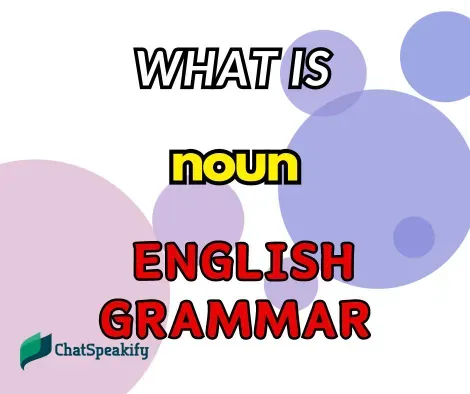Writing isn’t merely about stringing words together but about conveying ideas effectively and engaging readers. To help you craft compelling articles that meet high standards, here are essential guidelines:
Engaging Introduction
Start your article with a captivating story or anecdote to grab readers’ attention instantly. For example, share a personal experience related to your topic that resonates with your audience. Imagine starting an article about travel with a vivid description of your first trip abroad:
“The first time I stepped off the plane in Paris, the aroma of freshly baked croissants and the hum of the city instantly enveloped me. It was a moment that ignited my lifelong love for travel.”
This kind of introduction draws the reader in and sets the tone for the rest of the article.
Demonstrating Expertise
Illustrate your expertise by integrating relevant data, studies, or expert opinions. Use technical terms appropriately to demonstrate your understanding of the subject matter. For instance, if you’re writing about climate change, you might include:
“According to the Intergovernmental Panel on Climate Change (IPCC), global temperatures have risen by approximately 1°C since the pre-industrial era, primarily due to human activities.”
This shows that you are well-versed in the topic and have done your research.
Establishing Credibility
Enhance your article’s credibility by citing authoritative sources such as academic papers or reports from reputable institutions. This substantiates your arguments and builds trust with your readers. For example:
“A study published in the Journal of Environmental Science confirmed that deforestation is a major contributor to climate change, highlighting the urgent need for conservation efforts.”
Citing credible sources lends weight to your arguments and makes your article more persuasive.
Structuring Your Content
Organize your article coherently with a clear introduction, well-developed body, and a strong conclusion. Use transitional phrases to ensure smooth transitions between ideas. For instance:
“Firstly, let’s examine the economic impact of globalization. Secondly, we’ll delve into its cultural implications. Finally, we’ll discuss the future of globalization in the digital age.”
This structure helps readers follow your arguments easily and keeps the article cohesive.
Using Precise Language
Employ clear and rich vocabulary to articulate your thoughts effectively. Avoid overly complex expressions and maintain grammatical accuracy throughout your writing. For example:
“The rapid advancement of technology has revolutionized the way we communicate, making it more efficient and instantaneous.”
Precise language ensures that your message is clear and easy to understand.
Enhancing Engagement
Bring your content to life with vivid examples, metaphors, or stories. This not only illustrates your points but also keeps readers engaged and interested. For example:
“The journey to success is like climbing a mountain. It’s filled with challenges and setbacks, but the view from the top is worth every step.”
Using engaging language makes your article more enjoyable to read.
Keyword Integration
Integrate relevant keywords naturally into your article to enhance SEO without compromising readability or the flow of your writing. For example:
“In the realm of digital marketing, SEO strategies are crucial for increasing website visibility and attracting organic traffic.”
Natural keyword integration helps improve your article’s search engine ranking without detracting from its quality.
Reviewing and Refining
Revise and edit your work meticulously for grammar, punctuation, and clarity. Seek feedback from peers to refine your ideas and ensure your article is polished. For example:
“After completing the first draft, I asked a colleague to review it for any grammatical errors or unclear sentences. Their feedback helped me refine my arguments and improve the overall quality of the article.”
Peer reviews can provide valuable insights and help you perfect your writing.
Encouraging Conclusion
Conclude your article with a thought-provoking statement or call to action. Leave readers with a lasting impression and a desire to delve deeper into the topic. For example:
“As we continue to explore the vast universe, let us remember that our curiosity and determination are the keys to unlocking its mysteries. Join us in this journey of discovery and wonder.”
A strong conclusion leaves a lasting impact on the reader and encourages further engagement with the topic.
Example Sentences
Captivating: The captivating introduction drew me into the article immediately.
Anecdote: The author shared a poignant anecdote to emphasize the importance of resilience.
Resonates: Her message resonates with anyone who has faced similar challenges in their career.
Insight: His insights into market trends were based on years of industry experience.
Credibility: Citing reputable sources enhances the credibility of your arguments.
Coherent: The article presented a coherent analysis of the environmental impact.
Clarity: The clarity of her writing made complex concepts easy to grasp.
Vivid: The vivid description of the landscape painted a clear picture for the readers.
Metaphor: The author used a metaphor of a marathon to describe the project’s challenges.
Engagement: The engaging style of writing kept me interested from start to finish.
These guidelines and example sentences illustrate how to craft articles that are not only informative but also engaging and credible, ensuring your writing meets high-quality standards.
